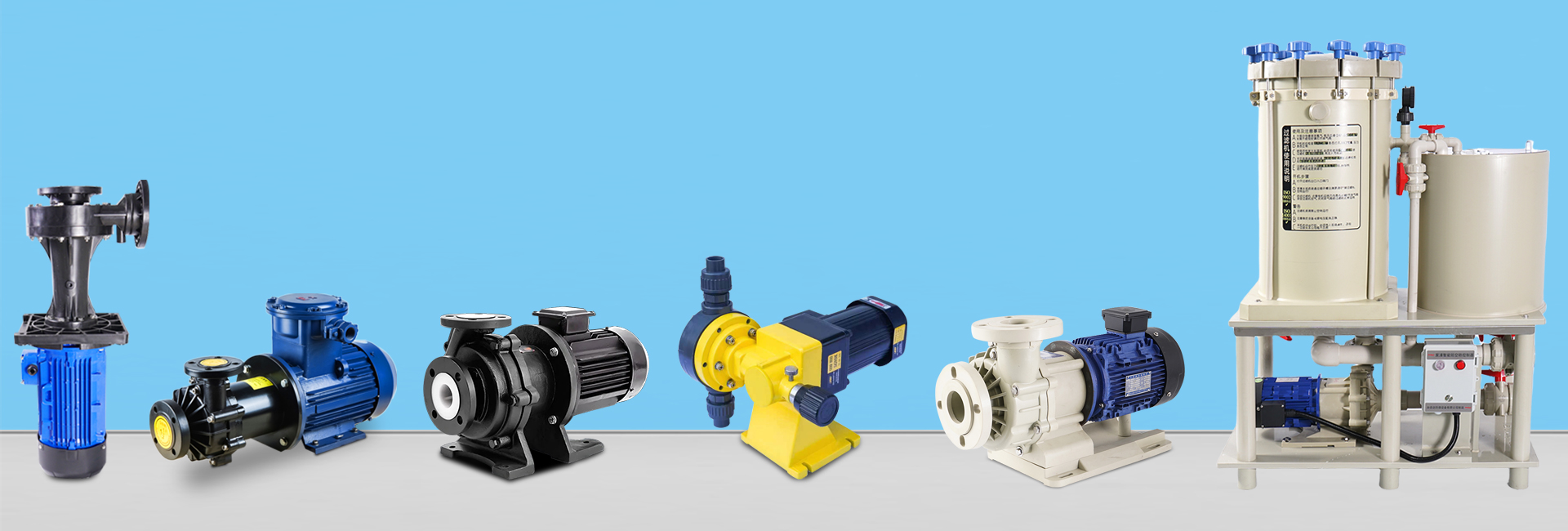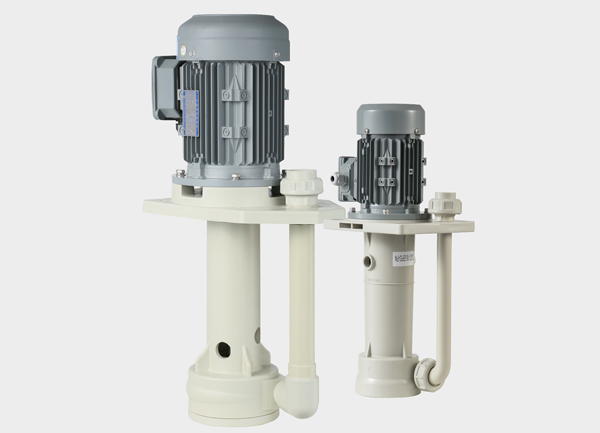When a magnetic pump’s head (discharge pressure) is lower than expected, it means the pump cannot deliver enough pressure to meet the system requirements. This issue can result from various mechanical, electrical, or system-related factors. Below is a detailed guide to diagnosing and solving the problem.

⚙️ 1. Check System-Related Causes
(1) Excessive Piping Resistance
If the piping system has too many bends, valves, or long pipelines, or if the pipe diameter is too small, the friction losses will increase, resulting in insufficient head.
✅ Solutions:
Simplify the pipeline layout, reduce elbows and valves.
Ensure the discharge valve is fully open.
Check for blockages, scaling, or sediment in the pipeline.
(2) Low Liquid Level or High Suction Height
A low suction tank level or high suction lift reduces the inlet pressure and limits pump performance.
✅ Solutions:
Maintain an adequate liquid level at the suction side.
Shorten the suction pipeline or lower the pump installation height.
(3) System Leakage or Backflow
If there is leakage in the discharge line or backflow through a check valve, the discharge head will decrease.
✅ Solutions:
Inspect and repair any system leaks.
Ensure all valves are properly sealed and functioning.
⚙️ 2. Check Pump-Related Issues
(1) Impeller Wear or Damage
Worn, corroded, or scaled impellers will reduce the pump’s efficiency and head.
✅ Solutions:
Inspect the impeller regularly.
Clean or replace it if necessary.
(2) Magnetic Coupling Slippage
If the inner and outer magnetic rotors slip, the pump speed drops and the head decreases. This may occur due to overload, increased liquid density/viscosity, or demagnetization of the magnets.
✅ Solutions:
Check for coupling slippage or unusual noise.
Confirm that fluid viscosity and density are within design limits.
Replace the magnetic coupling if weakened.
(3) Insufficient Motor Speed
Low motor speed or unstable voltage can reduce pump head significantly.
✅ Solutions:
Measure the actual pump speed.
Check for voltage drop or frequency fluctuations.
Make sure the motor operates at rated speed and power.
(4) Changes in Liquid Properties
If the temperature, density, or viscosity of the liquid changes significantly, the pump’s performance curve will shift.
✅ Solutions:
Recheck whether actual operating conditions match design parameters.
Consider using a pump model suitable for the new medium.
🔧 3. Adjustment and Improvement Methods
(1) Increase Motor Speed
If the system allows, slightly increase the pump speed using a frequency inverter (VFD).
Note: The pump head increases approximately with the square of the speed. Ensure the motor and pump can handle the higher RPM.
(2) Replace the Impeller or Upgrade the Pump
If the magnetic pump cannot meet the required head even after optimization, consider:
Installing an impeller with higher head characteristics.
Upgrading to a high-head or multistage magnetic pump.
(3) Reduce System Losses
Reconfigure the pipeline system to minimize resistance, improve flow, and enhance overall hydraulic efficiency.
✅ Summary Table
| Category | Common Causes | Recommended Solutions |
|---|---|---|
| System Issues | Excessive resistance, valve not fully open | Optimize pipeline, open valves fully |
| Pump Problems | Worn impeller, magnetic slippage | Replace or repair components |
| Motor Problems | Low speed, unstable voltage | Check power supply and speed |
| Process Changes | High density, high temperature | Adjust parameters or replace pump |
🧠 Conclusion
When a magnetic drive pump has insufficient head, systematic inspection is the key. Start by checking the external system, then examine the pump’s mechanical and electrical components. Regular maintenance, stable operating conditions, and proper selection of pump models will help ensure reliable performance and sufficient discharge pressure.







